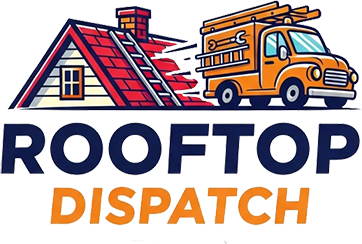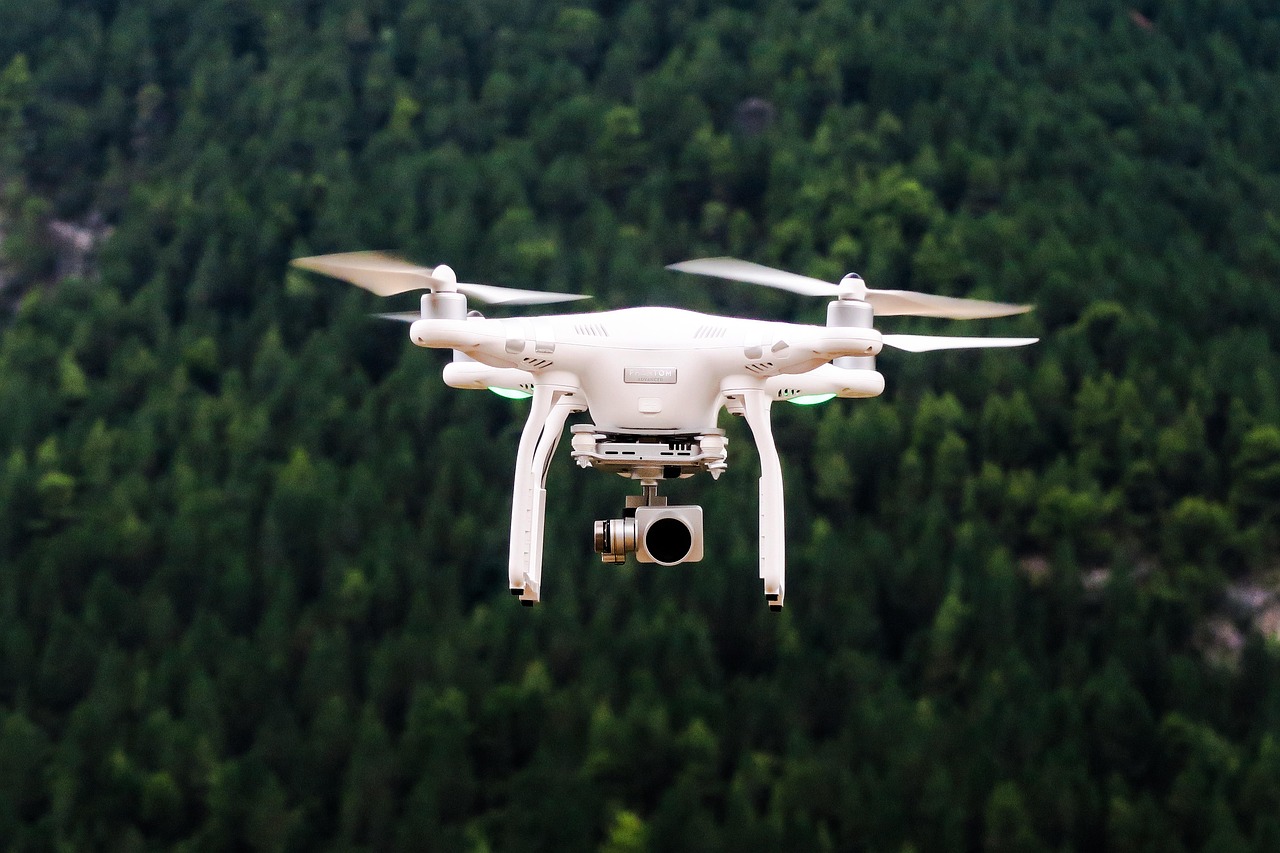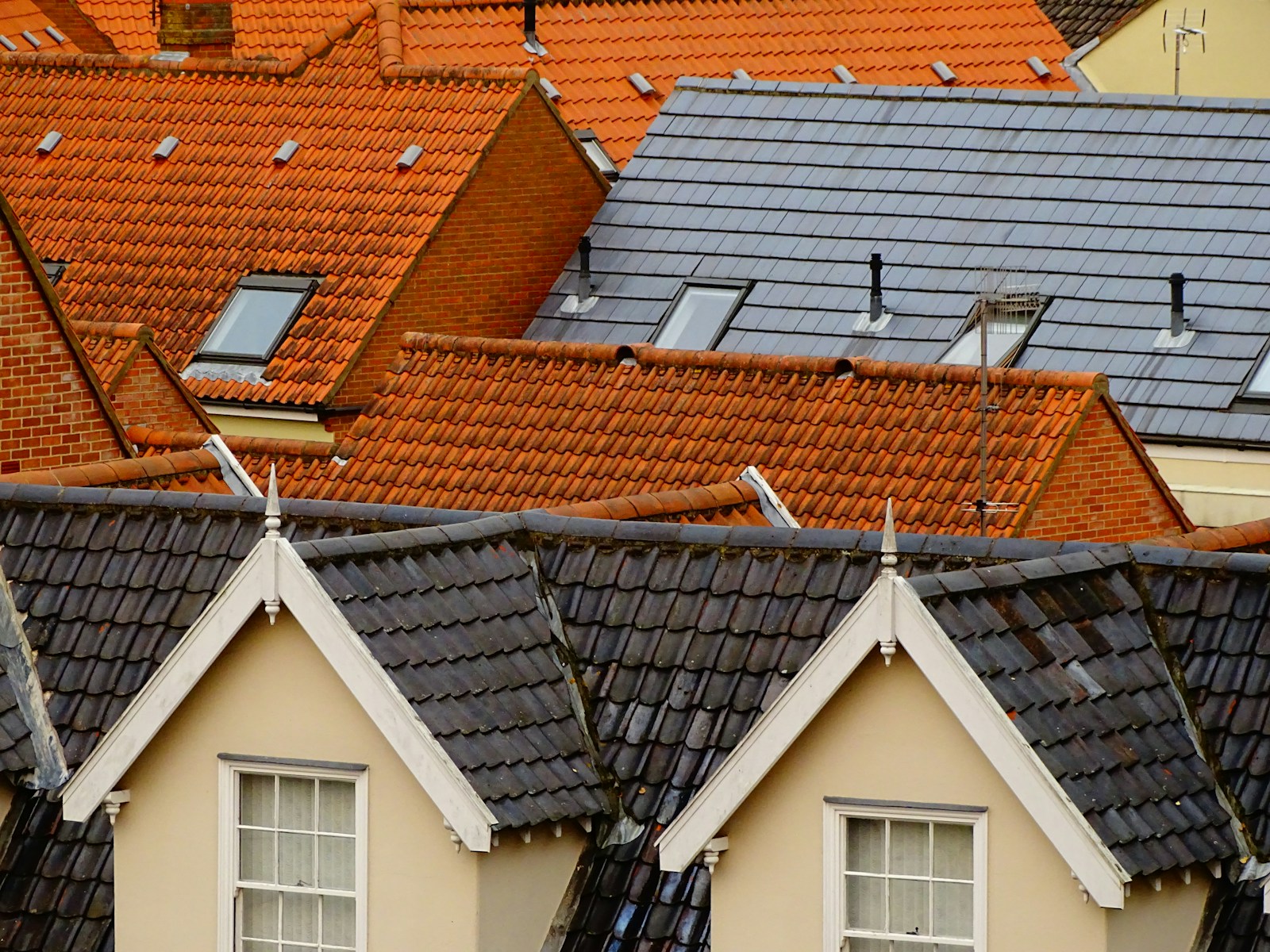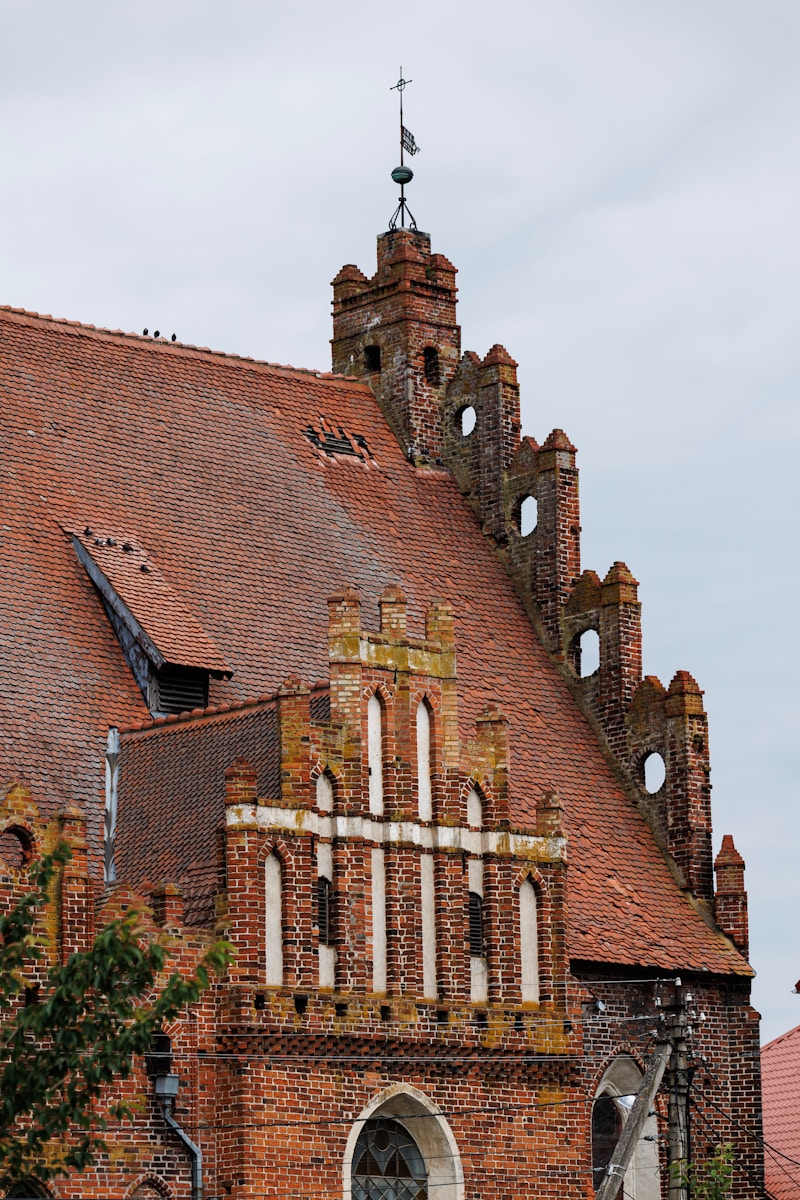Alright, so the short answer? Kinda. But if you’re expecting a drone to fly over your house, beep a few times, and suddenly scream, “LEAK DETECTED NEAR THE CHIMNEY!” like it’s some sci-fi gadget from a Marvel movie, you’re probably gonna be… mildly heartbroken. They’re not magical bats with X-ray eyes. But yeah—stick around, cause there’s more to this than just tech wizardry.
I remember this roofing guy—Larry, I think—who swore drones saved him a busted ankle. Used to crawl over roofs like some oversized cat burglar with a measuring tape. One day he tries the drone instead. Says he saw water pooling near a vent that didn’t even look suspicious from the ground. That moment? He was sold. Swore off ladders. Got fat, but hey, dry ceilings.
Infrared Cameras: The Hype & The Hot Air
Now here’s the meat of the thing. Drones by themselves? Basically just flying GoPros. But strap on a thermal imaging camera, and you get… mixed results. In theory, it picks up heat differences on the roof, showing cooler spots where water might be lingering underneath the surface. Makes sense, yeah? Wet stuff tends to stay cooler.
But here’s the curveball: it also picks up shadows. Or leftover dew. Or a pigeon that recently died and is now just a warm blob on the shingles. It’s a bit like reading tea leaves but with pixels and battery life warnings.
These are unmanned aerial vehicles (UAVs) fitted with a thermal camera or sensors, designed especially to pick up infrared radiation emitted by various objects. They relay real-time images or videos, showing the temperature distribution of the objects or terrain they fly over. Here’s the principle behind it: Objects emit infrared radiation based on their temperature, with warmer things giving off more than cooler ones. A thermal camera drone captures these emissions, painting a vivid picture of the temperature landscape below.Their applications range from drone inspections that can detect heat losses in buildings, to search and rescue missions that can find lost individuals even in complete darkness. Not to forget the immense benefits to drone agriculture, enabling farmers to assess crop and animal health, as well as irrigation needs with ease.
https://www.dslrpros.com/pages/uses/thermal-drones
Some roofers swear by it. Others say it’s voodoo in a fancy box. The truth? Somewhere in the squishy, damp middle. It can help—especially with flat commercial roofs where pooling is common—but expecting pinpoint accuracy on a steep residential roof is kinda like asking a squirrel to do your taxes. I mean, maybe, but don’t count on it.
Limitations? Oh, Where Do We Start?
Weather’s a jerk. Wind? Drone crashes into a tree. Rain? LOL good luck flying anything. Direct sunlight? That thermal camera’s just gonna show you one big “hot mess” and call it a day. Cold day? Now everything is cool. The “difference” it’s looking for? It’s barely there.
And even if you do spot something odd, what’s next? You still gotta go up there, pull up shingles, poke around like a curious raccoon. The drone doesn’t patch anything. It just… points and buzzes.
Also worth mentioning—some neighborhoods frown upon buzzing robots flying above their homes. One lady in Tempe apparently shot one down with a BB gun. Claimed it was “peeking.” It was inspecting gutters. So yeah, privacy… not always a non-issue.
A Virginia woman says she doesn’t tolerate trespassing on her property, be it on land or in the air. So when a drone came flying on to her turf, Jennifer Youngman loaded up her shotgun, took aim and blasted the drone out of the sky. “It scattered in pieces and then the men started to come up here and I said, ‘I’ve called the police. You’re trespassing.’ There are signs down here,” Youngman told CNN affiliate WJLA-TV.
https://www.nbc4i.com/news/woman-shoots-down-drone-that-came-on-her-property/
But Hey, There’s Something Kinda Cool About It
Not gonna lie—there’s a certain satisfaction in watching a drone zip around the roof while you sip coffee on the ground like some overlord. Especially if you’re used to sweating on ladders and stepping on nails. If used right, it can speed up inspections. It can help you notice stuff you’d miss from below. It can make your roofing biz look like you’re operating from 2052.
Also—on big buildings? You know the kind with those massive flat roofs, HVAC units, random tar blobs? Yeah, on those, drones with thermal cameras can be a godsend. You scan in grids, look for cooler anomalies, then mark ’em for further checking. That? That’s practical. Almost… efficient. But again, only when conditions play nice.
So… Should You Use One?
Man, I dunno. Depends who you are.
Are you a curious homeowner thinking of buying a $1500 drone just to find a mystery drip above your bathroom mirror? Probably not worth it. Just call a roofer. Seriously.
Are you a roofer trying to up your game? Maybe. Just don’t throw away your ladder yet.
Are you an insurance adjuster who hates walking roofs because you fell once and your hip clicks every time it rains? Then yes. Get one. Add thermal if you got the budget. But know that it’s not some “fix all.” It’s a tool. Like a wrench. A really expensive flying wrench with video footage and an appetite for tree branches.
Professional roofers have put drone technology to good use. A drone can allow you to conduct a roof inspection or measure a roof quickly, without taking the risk of stepping onto the roof yourself. Using a drone, you may even be able to conduct a roof inspection in the winter, when ice and snow make your risk of falling much greater.
https://www.iko.com/blog/laws-regulations-for-drones-in-roofing-businesses/
You ever think maybe roof leaks aren’t always about finding the water, but admitting that maybe that last DIY flashing job with duct tape wasn’t a great idea? Just saying. Sometimes you don’t need a drone—you need to admit you shouldn’t have trusted Steve from work cause he once fixed his cousin’s shed.
TL;DR (but like, the messy version)
Drones can help find roof leaks, especially with thermal cameras, but they’re not perfect. Shadows, sunlight, and wet leaves can all screw up the reading. They’re best used as part of a bigger inspection plan, not the only plan. And yeah, they’re fun to fly. But unless you’re also willing to still get your hands dirty—or hire someone who will—don’t expect a flying robot to solve all your wet ceiling mysteries.
Besides, sometimes a leak’s not a leak… it’s condensation. Or ghosts. Or condensation ghosts. I dunno. Don’t look at me like that.





